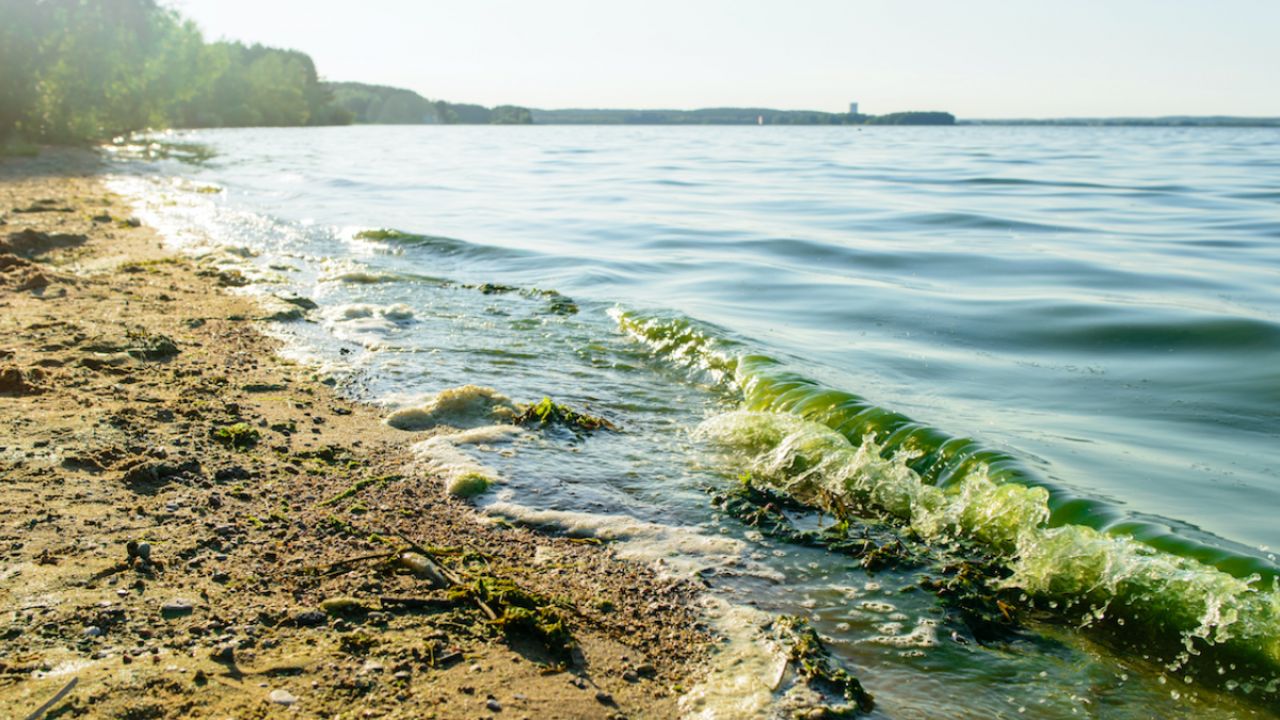
Studies of the health hazards of toxic algae blooms have focused largely on the danger of direct contact with contaminated water in lakes, rivers and the ocean. Now a new study shows that even airborne exposure to the bacteria from a toxic bloom could also pose a risk.
The study, published this month in the peer-reviewed scientific journal Harmful Algae, showed the presence of microcystin, an extremely toxic type of bacteria produced by eruptions of blue-green algae, in the nasal passages of almost all of its 125 participants, coastal residents of Florida. Some had not come into direct contact with contaminated water.
Toxic algae blooms can cause a variety of serious health consequences, including skin irritation, headaches, numbness and fever. Longer-term exposure can lead to cancer, liver failure and sperm damage.
This wasn’t the first study to analyze airborne exposure, but it is the first to quantify exposure by measuring concentrations from nasal swabs and then to examine the connection to participants’ activity.
The researchers didn’t say conclusively that the presence of microcystin was due to airborne exposure. Still, the finding raises important questions about the extent of blooms’ toxicity and the distance people and animals should stay from them to avoid exposure of any kind.
The purpose of the study was to quantify exposure in human populations by collecting samples from the nose. People who had been close to the water – through fishing or boating, for instance – had a higher concentration of microcystin than those who had not. People with on-the-job exposure had a significantly higher concentration.
The Centers for Disease Control and Prevention’s guidelines for Harmful Algal Bloom Associated Illness list three main routes of exposure – skin contact, ingestion and inhalation. Droplets of water or mist from a contaminated body of water can be inhaled and lead to trouble breathing. The Environmental Protection Agency has proposed setting a safety limit of 8 parts per billion for direct contact but hasn’t recommended a limit for airborne concentrations.
One study of a bloom off the coast of Florida claimed that the toxins could travel as far as four miles from their source. The study also cited research showing that people with underlying respiratory issues, such as asthma, might experience symptoms even inland from the affected body of water.
The study concludes by calling for further investigation of how the toxins are absorbed, the distance from the blooms that can be considered safe and the potential public health impact of exposure.
Toxic algae blooms are on the rise, as is their impact on local economies, recreation and public health. EWG has tracked reports of blooms since 2010. They are caused largely by polluted runoff from farms and exacerbated by the climate crisis. Curtailing the growth of toxic algae blooms will require state and federal policies to stem the runoff.



